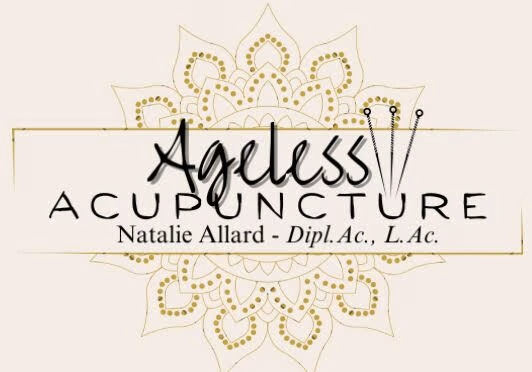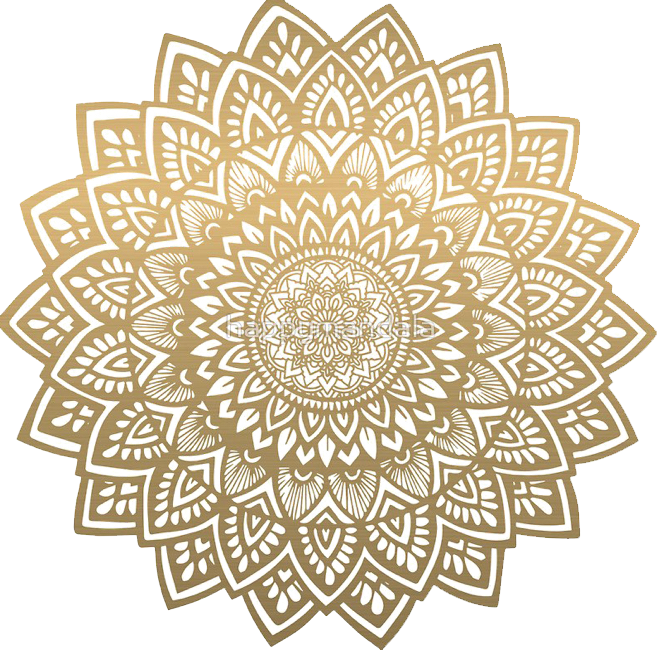To access the Chinese Medicine articles,
click on the linked titles below:
Alternative Medicine: Traditional Chinese Medicine in the Treatment of Infertility
Chinese Medicine and Assisted Reproductive Technology for the Modern Couple
Chinese Medicine and Polycystic Ovarian Syndrome
Acupuncture and Facial Rejuvenation
Articles on Facial Rejuvenation
Treating Peripheral Neuropathy with Acupuncture and Chinese Medicine
Oriental Medicine Lays Insomnia to Rest
Gastrointestinal Disorders in Chinese Medicine
Acupuncture Information:
Acupuncture Research:
www.nlm.nih.gov/medlineplus/acupuncture.html
Click here to read testimonials
Articles:
South Carolina Voyager 2024
Introducing Natalie Allard
Hi Natalie, so excited to have you with us today. Can you share your story?
Hello! I grew up on Isle of Palms and later moved to Montana for college, where I discovered my passion for alternative medicine. Through classes and internships with Naturopaths, Functional Medicine Doctors, Homeopaths, and Herbalists, I attended Herbal School to deepen my knowledge of western herbs. Ultimately, I decided to focus on acupuncture.
After graduating from the University of Montana and a brief time in Seattle, my husband and I relocated to Asheville, NC, where I attended acupuncture school. Post-graduation, I started my practice in Asheville, working inside an OBGYN office for 15 years, specializing in women’s health. In 2020, my family returned to South Carolina to be closer to loved ones. During the pandemic, I opened my practice in Mount Pleasant, where I now focus on women’s issues, fertility, pregnancy, postpartum, anxiety, sleep, digestive health, and more.
Would you say it’s been a smooth road? What challenges have you faced?
Owning a business comes with its challenges, and I’ve had to learn everything about running a small business independently. Starting out, I ran my practice from the basement of my Asheville home while caring for two children under two. Over time, I grew into larger locations.
One ongoing challenge has been educating people about acupuncture and its benefits, which I enjoy doing. Recently, my practice has expanded to two treatment rooms, and I’m learning to navigate hiring help for the first time as demand grows.
Tell us about your business and what sets it apart.
My acupuncture practice is located in the serene spa environment of Stox & Co. in Mount Pleasant. I specialize in women’s health, fertility, pregnancy, postpartum, sleep, anxiety, and digestive issues. In addition to acupuncture, I offer services like LED light therapy, holistic microneedling, cupping, and herbal therapy.
Over the past 20 years, I’ve helped over 100 women achieve pregnancies naturally or through IUI/IVF. Acupuncture is both a solution for acute issues and a preventative tool, reducing stress, lowering blood pressure, and promoting overall wellness by unblocking stagnant energy to restore balance.
What role has luck played in your journey?
I’ve been fortunate to experience many serendipitous moments. A high school teacher suggested I visit Missoula, MT, which set me on my career path and introduced me to alternative medicine—and my husband!
Being pregnant during my last year of acupuncture school helped focus my interest on fertility and women’s health. A chance connection led to my role in the OBGYN office in Asheville, where I worked for 15 years. Finally, the timing of COVID encouraged people to explore alternative healing methods, allowing my practice to thrive in Mount Pleasant.
I’m grateful for my wonderful patients and a strong referral network that has helped spread the word about acupuncture’s incredible benefits.
Localite Guide 2024
Natalie Allard grew up on Isle of Palms and discovered her passion for alternative medicine while attending college in Montana. Her journey included taking classes, interning with Naturopaths, Functional Medicine Doctors, Homeopaths, and Herbalists, and studying western herbs in Herbal School. Ultimately, Natalie focused her career on acupuncture. After graduating from the University of Montana and briefly living in Seattle, she moved to Asheville, NC, to attend acupuncture school. There, she started her practice, specializing in women’s health, and worked inside an OBGYN office for 15 years. In 2020, Natalie moved back to South Carolina and opened her Mount Pleasant practice, focusing on fertility, pregnancy, postpartum, anxiety, sleep, digestive health, and more.
Her acupuncture practice, located at Stox & Co. in Mount Pleasant, is designed to promote wellness through services like LED light therapy, holistic microneedling, cupping, and herbal therapy. Natalie’s dedication to empowering patients through acupuncture has allowed her to help over 100 women achieve pregnancies naturally or through IUI/IVF. Acupuncture, as she describes, is not only for acute issues but also serves as a preventative tool to reduce stress and maintain balance.
Luck and serendipity have played meaningful roles in Natalie’s journey, from a teacher’s recommendation to visit Montana to chance connections that opened doors in her career. Her gratitude for her patients and her referral network has fueled her success and passion for educating others about acupuncture’s transformative benefits.



